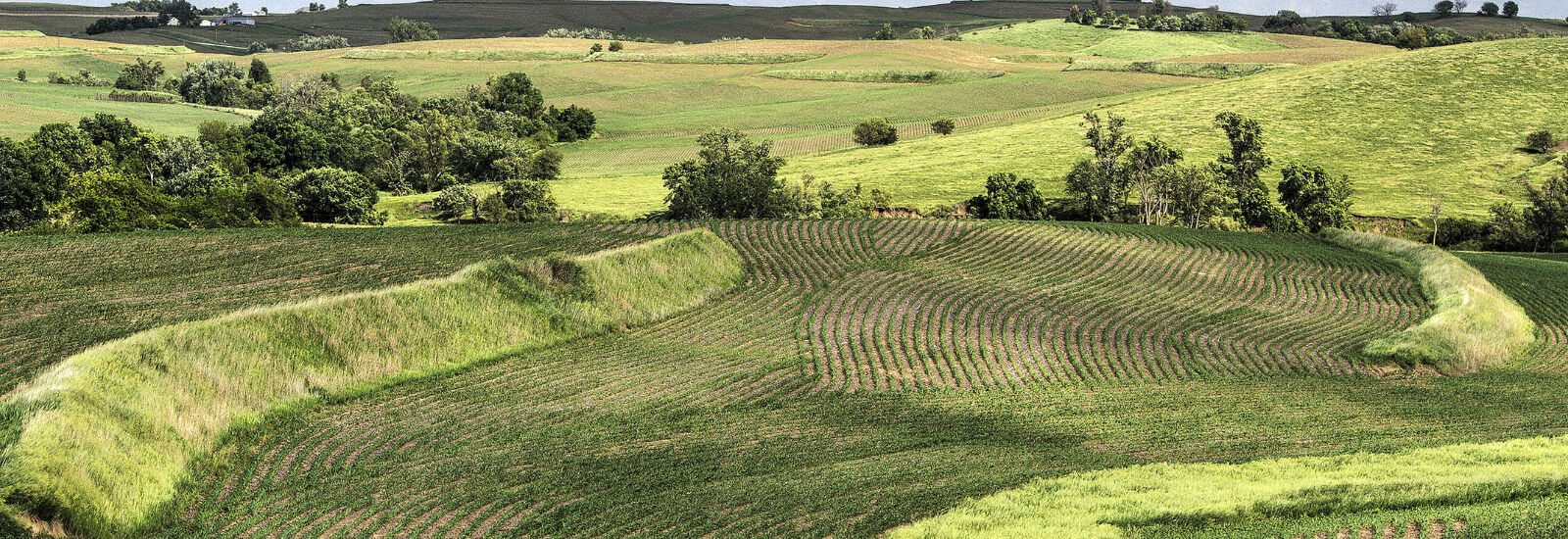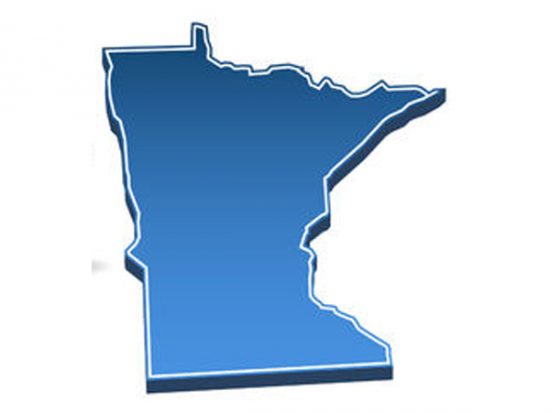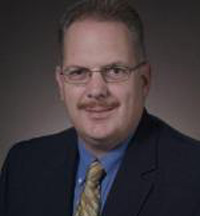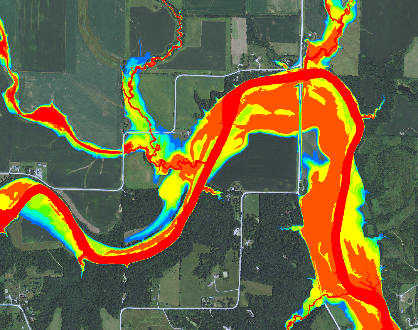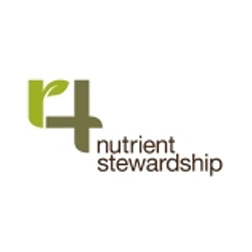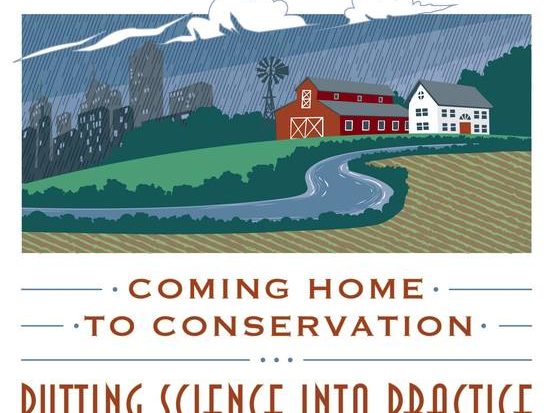Recently Governor Mark Dayton, of Minnesota, signed into law, a statewide program that will require an estimated 110,000 acres of farmland to be seeded down to buffer strips for water quality. In short, the law establishes new perennial vegetation buffers of up to 50 feet wide along rivers, streams, and ditches that will help filter out phosphorus, nitrogen, and sediment. As I delve more into this law, what I find most remarkable is that this bill ultimately provides for flexibility in the width of the filter strip. According to an online …
Finally, a Formal Conservation Curriculum for Agricultural Education
This week I am pleased to have as my guest writer, Dr. Thomas H. Paulsen, Assistant Professor in the Department of Agricultural Education and Studies at Iowa State University. Dr. Paulsen has extensive experience in school-based agricultural education. He served as an agriculture instructor at Lynnville-Sully High School from 1987-1992 and Carroll High School from 1992-2008. He coordinates ISU's Agriculture and Life Sciences Education program where he works closely with student teachers, cooperating teachers, and members of the School of …
A new data layer for precision agriculture… that is publicly available
In the summer of 2013, Iowa Natural Heritage Foundation (INHF) launched the Floodplain Outreach Program. This program develops flood plain maps that show areas that are prone to flooding and scour erosion. With these maps, farmers and ag retailers can identify those flood plain acres that are expected to flood one half, one fifth, and one tenth of the years farmed. According to the Iowa DNR, flood plain mapping is the creation of new, comprehensive, accurate flood plain maps for Iowa cities and counties. The program has the potential to let …
4Rs Are Not Enough
What’s the difference between a nice slogan and an effective conservation program? In the case of nutrient management, it can be quite a big difference. For the last several years, I have heard and read much about the 4R Nutrient Stewardship strategy from many organizations like The Fertilizer Institute and the International Plant Nutrition Institute. The philosophy of the 4R strategy is said to be a science-based approach that offers enhanced environmental protection. Certainly, the 4R strategy has nice ring to it. It kind of rolls off the …
Starting the Conversation
A recent study established 60% of Iowa farmers say fertilizer dealers should do more to help their clients address nutrient loss. Obviously, farmers are looking for information and they want their ag retailer’s help. Even though retail agronomists admit they should be talking to farmers about conservation, they are not quite sure how to bring it up with their clients. They tell me they are uncomfortable with the topic and aren’t sure how their growers will react. The research bears that out. In a recent study by the Minnesota Freshwater …
Targeting Critical Resource Areas
Throughout many watersheds in the Corn Belt, entire farms and fields are managed uniformly to simplify farming operations. However, land conditions such as soil type and topography vary substantially at smaller scales. This in-field variability influences the need for and effectiveness of conservation best management practices for erosion control. In order to reduce soil loss and improve water quality, it is imperative that conservation practices be applied to these critical resource areas on the landscape. Defining critical areas at the …
